Tape measures are often designed for specific uses or trades. Tapes may have different scales, be made of different materials, and be of different lengths depending on the intended use. Tape measures that were intended for use in tailoring or dressmaking were made from flexible cloth or plastic. These types of tape measures were mainly used for the measuring of the subject's waist line. Today, measuring tapes made for sewing are made of fiberglass, which does not tear or stretch as easily.
This type of tape measure will have a floating tang or hook on the end to aid measuring. A tape measure of 25 or even 100 feet can wind into a relatively small container. The self-marking tape measure allows the user an accurate one hand measure. A tape measure is a type of hand tool used for measuring a wide range of materials, objects and distances in various professional and home DIY applications. Tape measures feature a long length of marked material with measurements along the full length and are available in a range of sizes.
The measurements are often both in metric and imperial units. Most measuring tapes are flexible, which allow the tape to measure around the curves and enable it to be rolled up and easily carried. Most commonly made of a coated, flexible steel strip, other measures use plastic or fabric where the measure must be more flexible for accurate use. Reading a tape measure correctly is a necessary skill when taking on DIY projects.
Tape measures are available in both standard or imperial units and in metric units. This guide will show you how to read a tape measure. Plus, you'll learn some tips and tricks for using this tool to get precise measurements. Any tradesman will know the importance of accuracy on site.
Fill your toolbox with essential tape and laser measures at Toolstation to measure anything with ease and the utmost accuracy. In some countries such as the UK, tape measures have both Imperial and Metric measurement markings. Until recently in the US, for example, all tape measures were in Imperial units, however the dual standard option is becoming more widely available. A tape measure, or measuring tape is a type of hand tool typically used to measure distance or size. It is like a much longer flexible ruler consisting of a case, thumb lock, blade/tape, hook, and sometimes a belt clip. A tape measure will have imperial readings, metric readings or both.
They are a common measuring tool used in both professional trades and simply around the home. Metric measurement is the simplest system of use. Building and construction practice calls for all measurements to be made in millimeters .
These are the smallest unit on the tape measure scale, and are also marked with the smalles hash mark along the edge. As they are so small, they are generally not individually numbered on tape measures. Ten millimeters make up a centimeter and these are marked with a number, and a bigger hash mark. Every tenth centimeter is highlighted, so they can be easily picked out.
A hundred centimeters make up a meter , which is again clearly marked on a tape measure with a hash mark that will extend across the width. The use of millimeter only tape measures for housing construction is a part of the US metric building code. This code does not permit the use of centimeters.
Millimeters produce whole numbers, reduce arithmetic errors, thus decreasing wastage due to such errors. The sale of dual Metric/US Customary scale measuring tapes is slowly becoming common in the United States. For example, in some Walmarts there are Hyper Tough brand tapes available in both US customary units and Metric units. So, the inclusion of a metric scale requires the measuring device either to contain 3 scales of measurement or the elimination of one of the US Customary scales. To read a measuring tape, line the zero mark up at the edge of the item you're measuring, then stretch the tape all the way across the item. Try to keep the tape straight to ensure an accurate measurement!
Then, look at the point where the tape meets the end of the item you're measuring and read the nearest large number. The large numbers are the units you're measuring, like inches or centimeters, and the markings between the large numbers correspond to fractions of that unit. Reading a tape measure is a skill you can easily master. Using this small, sturdy hand tool can improve the accuracy of your project measurements. Learning how to use a tape measure properly means to always "measure twice, cut once." You can use a standard tape measure or opt for a metric one.
The Home Depot delivers online orders when and where you need them. Most standard tape measures in the U.S. have markings that measure down to 1/16 of an inch. These are smaller, sometimes thinner markings, evenly spaced between the half-inch and inch marks on a tape measure. On some tapes, quarter inch marks are the same size as eighth-inch marks. Remember that two sixteenths of an inch equals one eighth, two eighths of an inch equals one quarter, and 2 quarters equals one half.
For example, the second eighth-inch marking after the inch marking is a quarter inch. You will see a foot designation marked every 12 inches . In the United States, the imperial measurement system is normally used on a tape measure, though some models may have both the imperial and the metric system.
Imperial measurement can be a bit tricky, especially or those who have been brought up using Metric measurement. The Imperial measure used extensively in the US, is split to feet, inches and fractions of an inch. The smallest unit marked is the 1/16th of an inch. The next is the 1/8th of an inch with a slightly longer hash mark. These are longer again, and 2/8ths, 4/8ths, and 6/8ths are marked as quarter inches. The ½ inch is marked with a yet longer hash, and then each inch is marked with a hash that runs across the width of the measure, and a number.
Measurements On A Tape Measure As we know, 12 inches make up a foot, and these are marked with 1F, 2F, 3F, and so on. Sometimes you will find that on one edge that after the foot marker, the inches will increase again by single digits to reach 12 for a the next foot. On the other edge the inches will keep numbering incrementally, so 1ft 2 inches will register as 14 inches, and so on. At three feet, for example, it would measure 36 inches. For measurements on construction sites or in industry, tape measures made of steel or glass fiber plastic are mainly used.
If the model is made of steel, the scale is not printed on, but is usually engraved – so it cannot wear out. Depending on the length, the scale shows units such as meters, decimeters, centimeters and millimeters. There are 2 separate units of measurements on a standard metric ruler—centimeters and millimeters. The numbered lines correspond to centimeters, while the unmarked lines indicate millimeters. If you look closely, you'll notice that there are 10 millimeters in a centimeter.
A millimeter is a unit of length used to make standardized measurements as part of the metric system. The first and simplest method is to use a metric ruler, which is conveniently labeled with millimeter markings. The second is to use basic math to convert another unit of measurement, such as centimeters, kilometers, inches, or yards, into millimeters. Just as you would with a retractable tape measure, look for the spot where the end of the object or distance you're measuring lines up with the tape measure. If the tape measure stretches exactly halfway between the 27 and 28 inch markings, this means that your arm is 27.5 inches long.
On a tape measure labeled with imperial units, the most prominent marks are usually the one-inch marks. These are typically marked by long, thin lines and fairly large numbers. The markings on a tape measure are in both metric meters and centimeters as well as imperial units which are feet and inches. You might be one of those people who just think the hook at the end of the tape measure is so you can easily roll the end of the reel.
Well, it's a much more sophisticated than meets the eye. The hook is called the 'tang', and is attached to the blade of the tape measure using a couple of rivets. However, if you have noticed the tang is not held in a permanent position, and floats at the end with a little give. This little piece of shaped metal, makes measuring an internal measurement just as easy as taking an external. By pushing the tang up to an internal edge it butts up tight to the end of the tape measure blade to give an accurate reading. The distance between any two large numbered lines is 1 cm, a metric ruler features two types of lines.
The prominent line between any two numbered lines is 1/2 cm. The small lines between the 1/2 mark and the numbered centimeter mark are 1/10 cm, otherwise known as a millimeter, keep in mind that there are 10 mm to 1 cm. The measurements are decimalized and there are no fractions. In the image below a pocket tape measure is presented, in which generally, they use the metric and imperial system on the same sheet.
The measurements at the bottom of the tape are metric units, they are in centimeters and millimeters . There are 10 mm in each centimeter and 100 cm in each meter. Personally I much prefer this type of measuring tapes for sewing. Converting lengths for sewing is simple using a tailor's tape marked in both cm and inch. All you need to do is read the inch side corresponding to the number in centimeters. If we have to convert for example 66 cm into inches, looking at the image below we can see the result is 26 inches.
The first step in measuring the length of an object using a ruler is making sure that you're using the correct ruler. Most rulers have two sides; one side measures distance in inches, and the other in centimeters. If you want to measure something using metric units, be sure to choose the side of the ruler that measures in centimeters . In school and ask what you feared would be a "stupid" question?
Hopefully we've moved beyond that childhood fear. Questions are great because they lead to answers, and answers are meant to be shared. Today's quick measuring tip came from a question in a visitor's email. Someone needed help figuring out what all those tiny marks are on a standard tape measure.
We deal in fractions every day and are forever measuring quarters and eighths and sixteenths and whatnot. We came up with three handy charts to help decipher those little black lines. Download them to keep handy at your sewing station as quick reference tools.
When I started to sew and for a long time afterwards I just knew the main marks in the tape measure. Something as basic as this should be taught in the school rather than some other nonsense that I learned in school, which I never found a use afterwards. In this age of laser measuring tapes , electronic tape measures and measuring tape apps , and easy paper patterns one may wonder at the use of the ordinary tape measures.
But for me it is one of the most useful and necessary sewing tool. In metric measuring tapes, centimeters are the most significant markings. Centimeters are generally represented by the large lines , and you will see a number next to each line. Same as inches, the line represents each centimeter.
Sixteenth-inch marks are considered as the shortest lines of all measuring tapes. You will find 16 tiny marks per inches and 4 in each quarter inch. A 16-foot tape measure, for example, will have sixteen one-foot marks along its length and 192 one-inch marks .
Each inch will have eight 1/8 inch marks and sixteen 1/16 inch marks. In many cases these measurements are abbreviated, so 6 ′ 4 1/4 ″ means six feet four and a quarter inches. It consists of a ribbon of cloth, plastic, fibre glass, or metal strip with linear-measurement markings. Its design allows for a measure of great length to be easily carried in pocket or toolkit and permits one to measure around curves or corners.
Today it is ubiquitous, even appearing in miniature form as a keychain fob, or novelty item. Surveyors use tape measures in lengths of over 100 m. Metric measurements on a measuring tape are displayed in Millimeters, Centimeters and Meters whereas Imperial measurements are in Feet, Inches and fractions of Inches. Metric readings are most commonly used in the UK, however this is purely down to personal preference. Imperial measurements are usually found in red on the top of the blade, whilst metric measurements are in black on the bottom. Align the first large mark of the metric tape measure with the bottom edge of the book.
Write the number of centimeters, add a decimal point, and write the number of millimeters. If the book measured 8 centimeters and 3 millimeters, we would say the book measures 8.3 centimeters. Understand that a metric tape measures use centimeters instead of inches. Each centimeter is divided into ten sections called millimeters.
All you have to do is read the larger lines and then number of millimeters of the last centimeter if the object does not measure an exact number of centimeters. Thankfully, converting a measuring tape reading to cm is an easy process. The tape measure for sewing is usually soft and flexible strip/ribbon with linear-measurement markings made mostly from reinforced polyester or fiberglass.

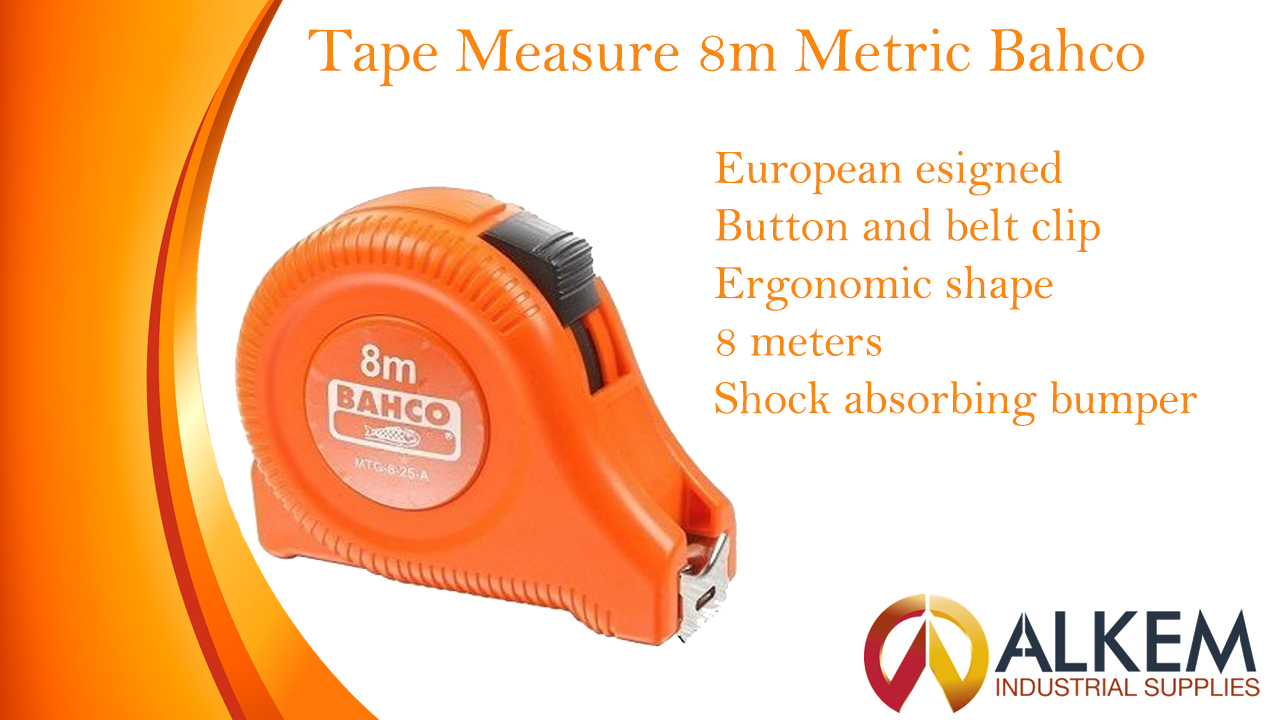







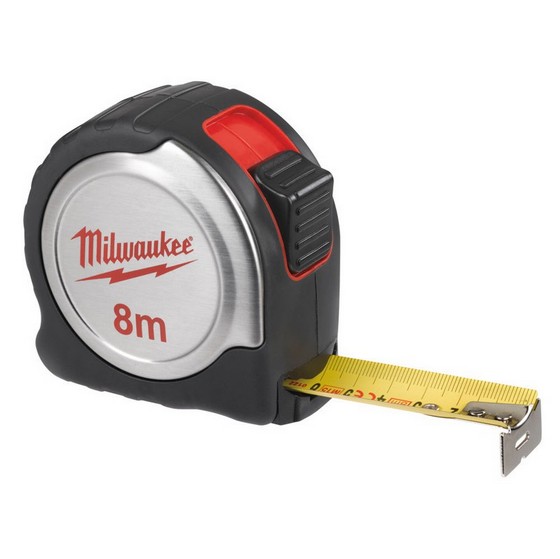



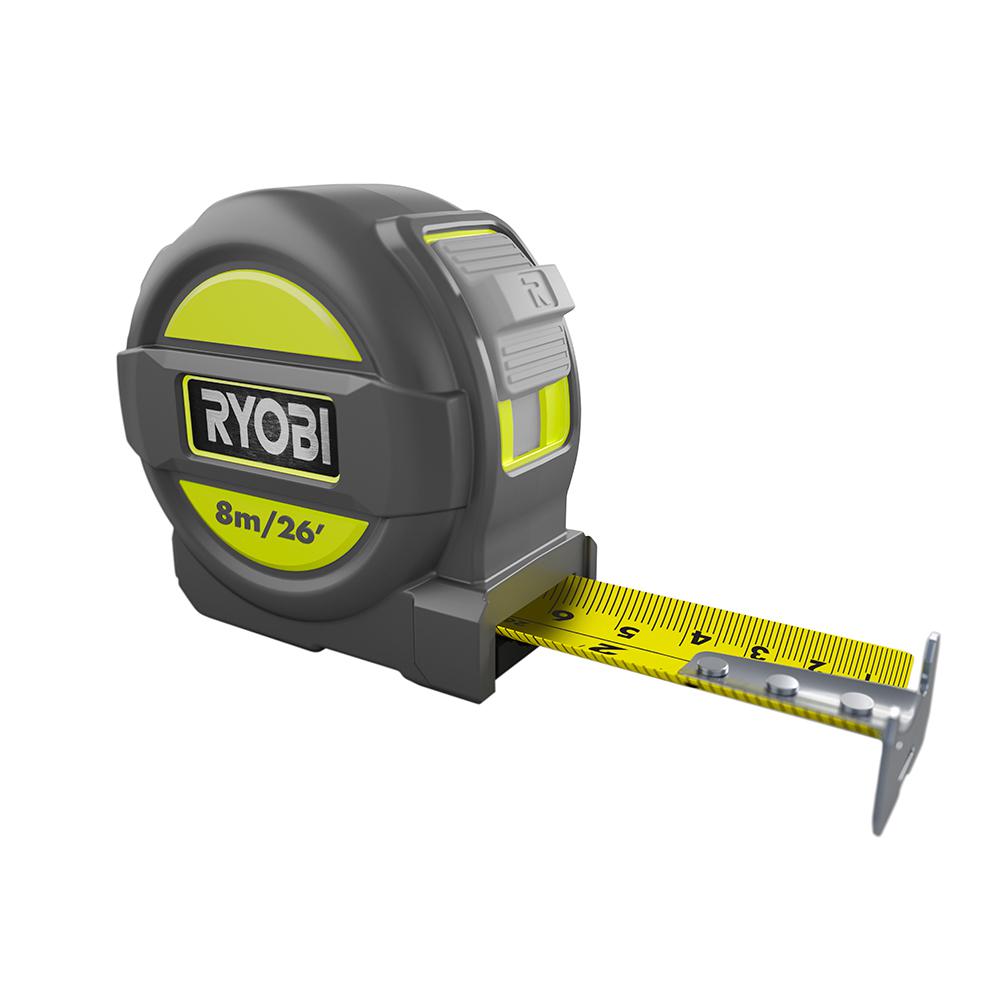



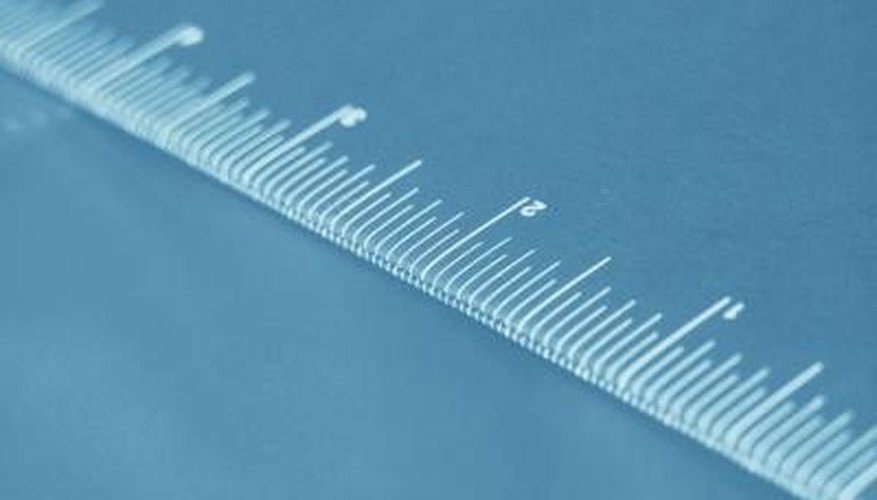
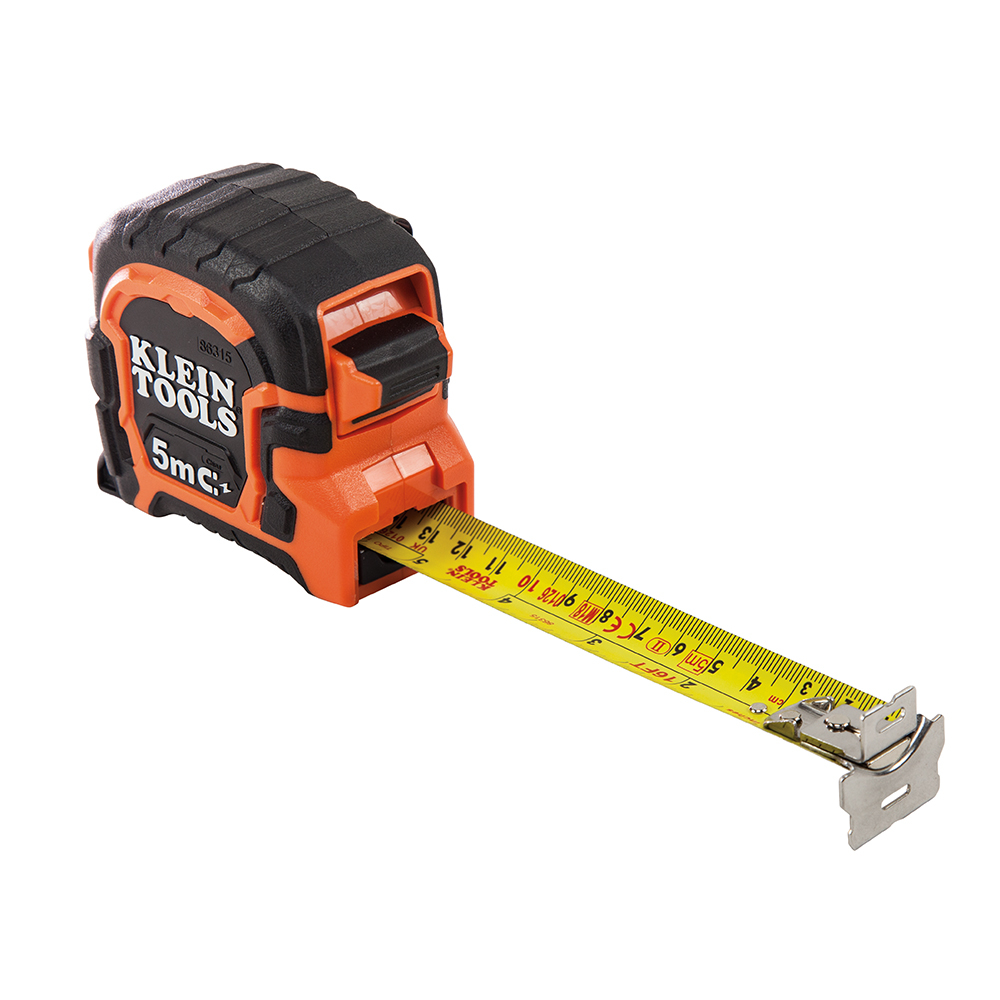


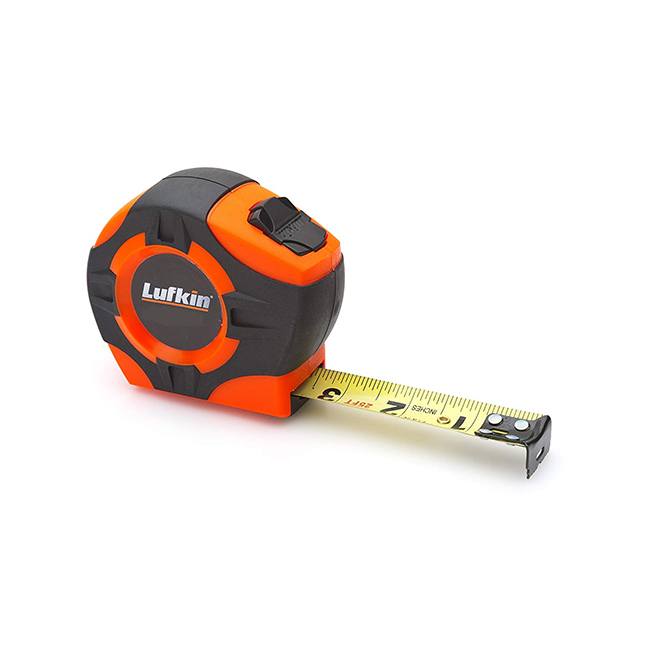



No comments:
Post a Comment
Note: Only a member of this blog may post a comment.